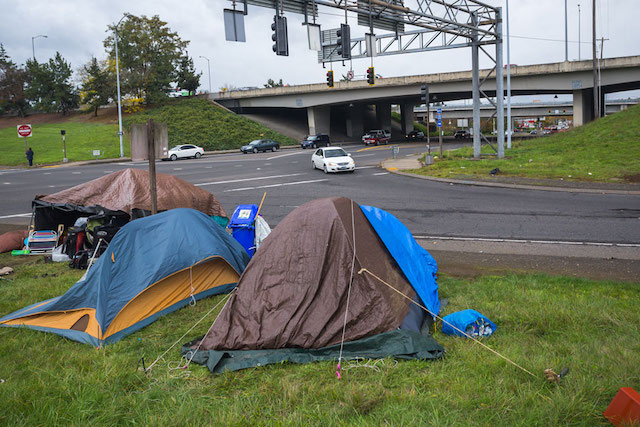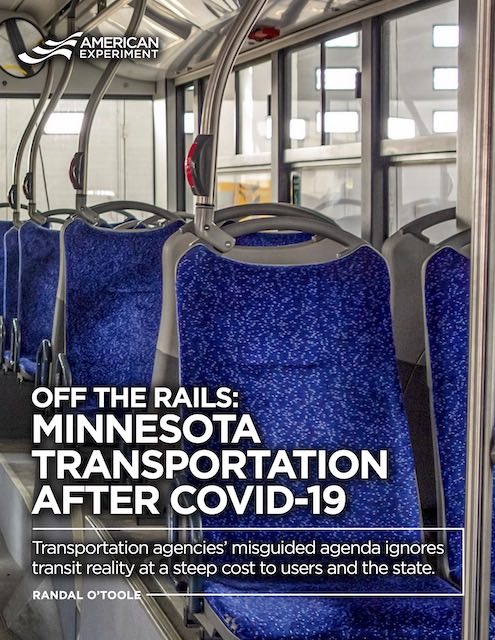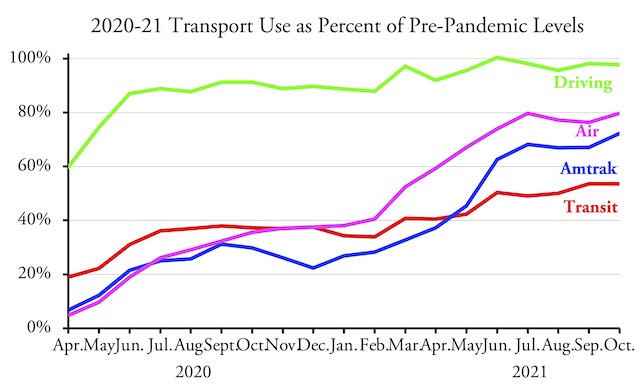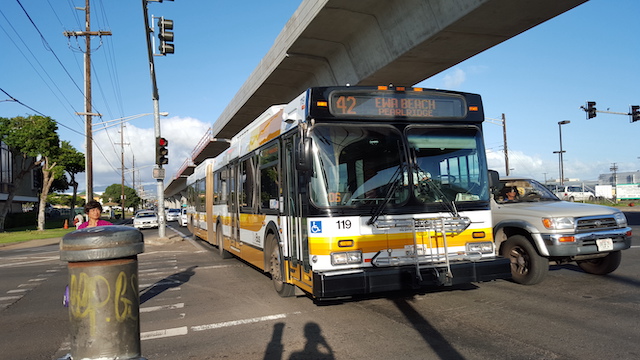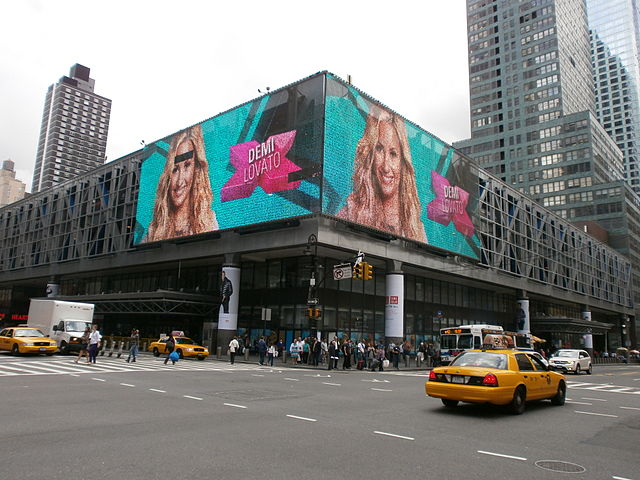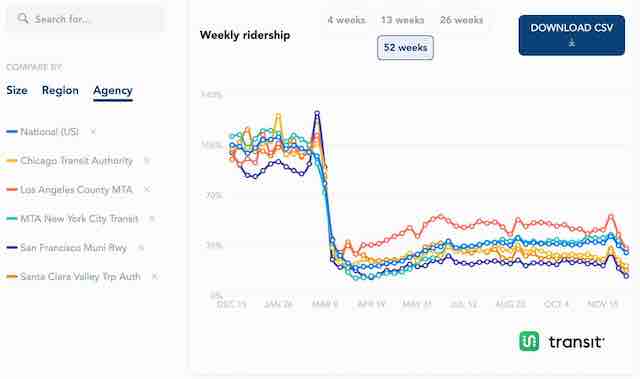Portland’s regional planning agency, Metro, has put a measure on this November’s ballot to tax all firms with 25 or more employees in order to pay for the region’s latest light-rail scheme. Fortunately, or unfortunately depending on your point of view, the scheme appears to be foundering on the weight of lies told by Metro and the measure’s supporters.
To start, Metro wanted to call the tax a “business tax” even though it would be actually a 0.75 percent tax on payrolls. In other words, it would be an income tax on employees, but it would be invisible because it wouldn’t show on paystubs as a withholding like most income taxes. Portland’s transit agency, TriMet, has used this kind of a tax to pay for its operations and always called it a “payroll tax.” But Metro wanted to call it a “business tax” on the ballot title because it believed Portlanders would be more likely to support taxes evil businesses than poor downtrodden employees.
When challenged, a judge ordered Metro to take “business tax” out of the title but didn’t order it to use the term “payroll tax.” Despite not getting the ballot title they wanted, opponents have raised hundreds of thousands of dollars to fight the measure. This includes large contributions from major employers including Nike, Daimler Trucks, Comcast, and Tillamook Creamery.
As of September 28, opponents had actually outraised supporters. Contributions to the pro-rail campaign came from rail contractor Stacy & Witbeck, the International Union of Electrical Workers, and engineering consulting firm David Evans & Associates. The Evans firm is the company that got the contract to write the environmental impact statement for building a light-rail bridge over the Columbia River and then spent the money lobbying the Oregon and Washington legislatures to build the bridge. Continue reading →

